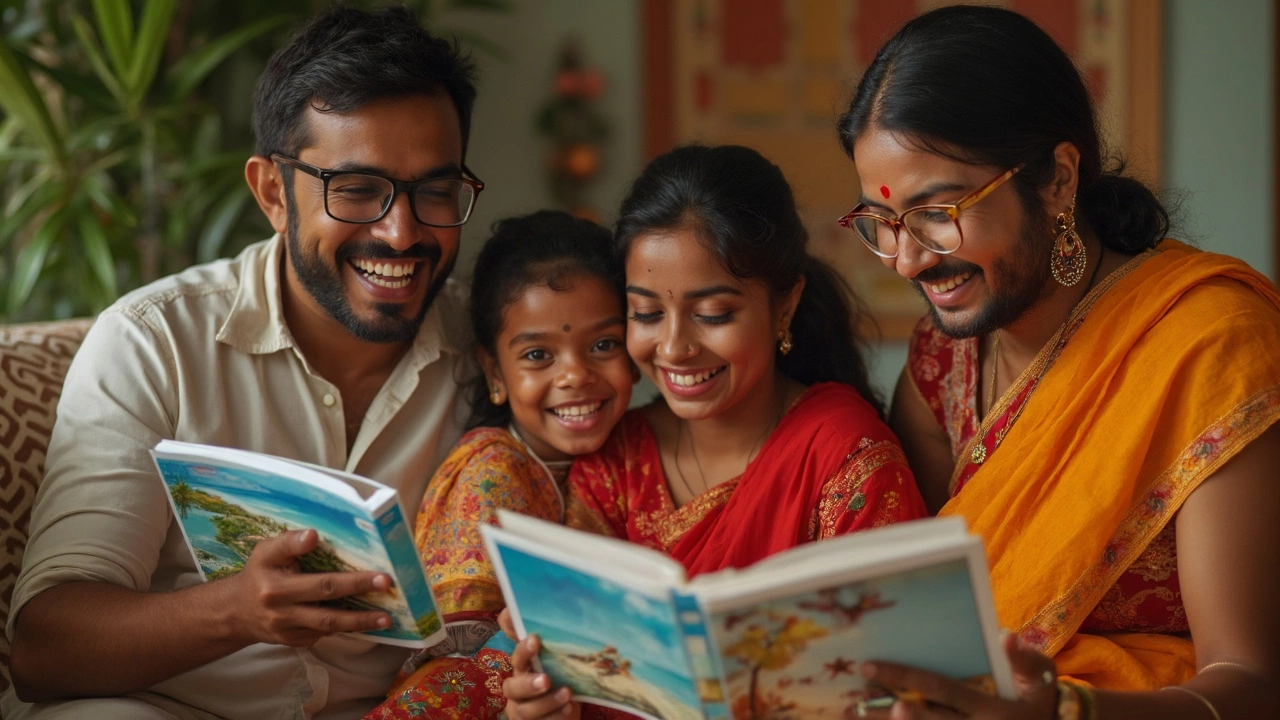Best Time to Visit India: When to Plan Your Jungle Camp Trip
When you’re planning a best time to visit India, the ideal window depends on where you’re going, what you want to see, and how much rain you’re willing to deal with. It’s not just about avoiding crowds—it’s about matching your adventure to the rhythm of the land. India’s climate doesn’t follow a single pattern. What’s perfect for a jungle camp in Rajasthan won’t work for a trek in the Himalayas or a beach stay in Kerala. The monsoon, the seasonal rain cycle that shapes life across the subcontinent turns some trails into mudslides and others into lush paradise. The dry season, when wildlife gathers near waterholes and visibility clears is when most safari camps operate at full capacity.
If you’re chasing tigers in Ranthambore or leopard sightings in Madhya Pradesh, aim for October to March. That’s when the heat drops, the leaves thin out, and animals come out to drink. April and May? Too hot for most, but some hardy travelers head to high-altitude camps in Himachal or Uttarakhand where the mountains stay cool. The monsoon, running from June to September, shuts down many jungle camps, but opens up waterfalls, green valleys, and quiet trails in places like Kerala and the Western Ghats. It’s not for everyone—but if you don’t mind a little mud and the sound of rain on your tent, it’s the most peaceful time to be in the wild.
North India and South India don’t play by the same rules. In the north, winter means crisp mornings and clear skies—perfect for spotting birds and big cats. In the south, winter is still warm, but less humid than summer, making temple visits and beachside retreats more comfortable. Goa’s beaches are packed in December, but nearly empty in July. The same goes for the Himalayas: trekking routes like Kedarkantha or Markha Valley are only safe from late spring to early autumn. Outside those months, snow blocks the trails and temperatures drop below freezing.
There’s no single ‘best’ time to visit India—only the best time for your kind of adventure. If you want wildlife, go dry. If you want solitude and greenery, go wet. If you want to avoid crowds and high prices, skip December and January. And if you’re heading to Nagpur, the heart of India, or planning a trip to the Great Himalayan Trail, check local conditions. Weather patterns shift. Rainfall changes. Camps open and close based on real-time safety, not calendars.
What you’ll find below are real stories from travelers who timed their trips right—and some who didn’t. From tips on avoiding stomach bugs during monsoon season to knowing exactly when the elephants show up at a waterhole, these posts give you the kind of practical, no-fluff advice you won’t get from a generic travel blog. Whether you’re packing for a jungle camp in Bandhavgarh or wondering if Uber works in Goa during the rains, the answers are here.
